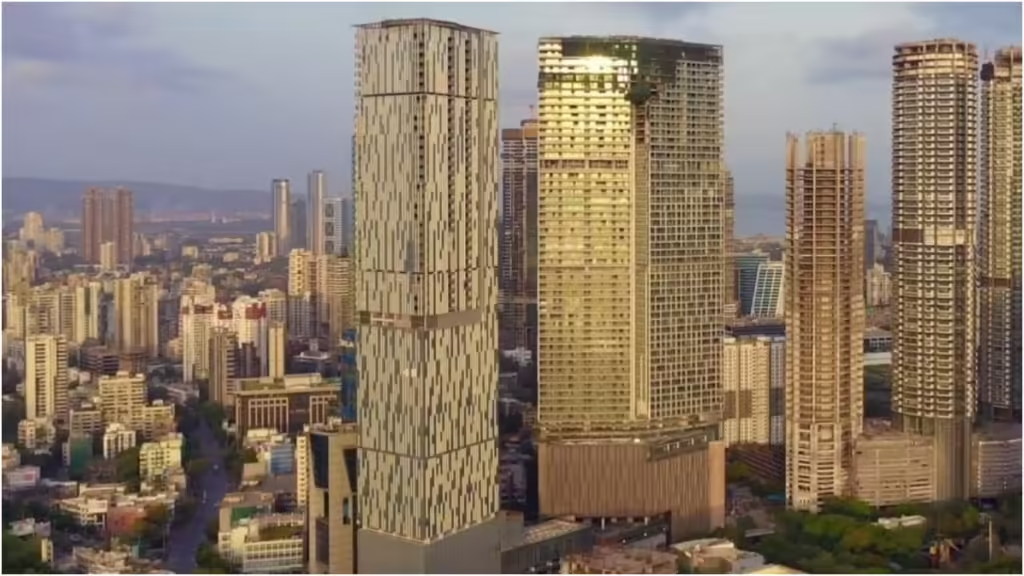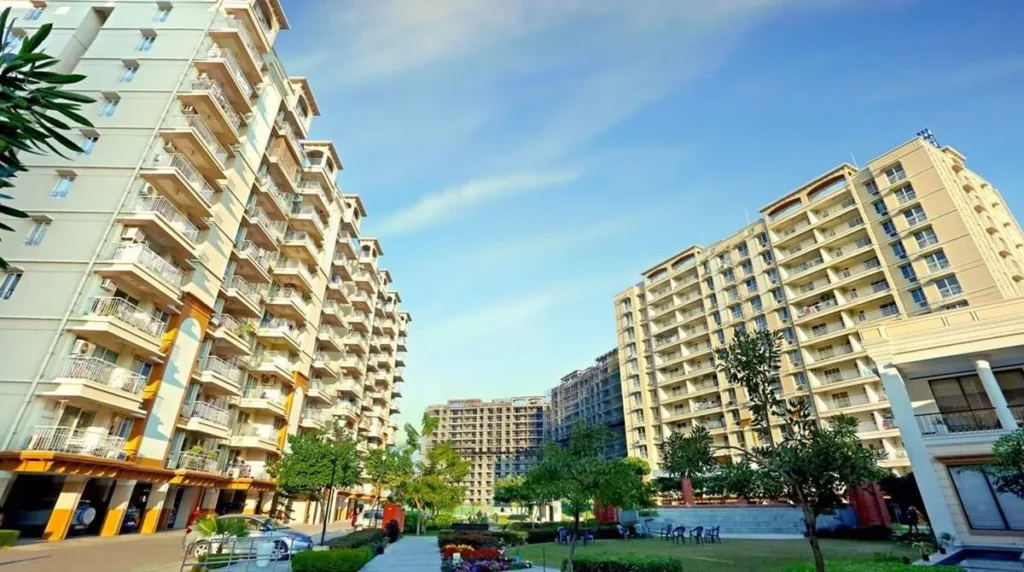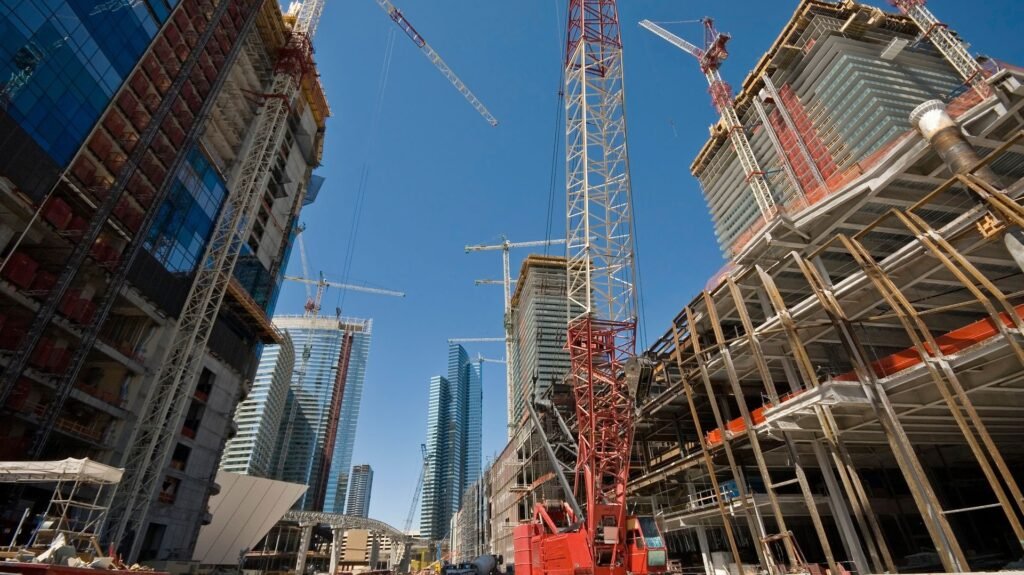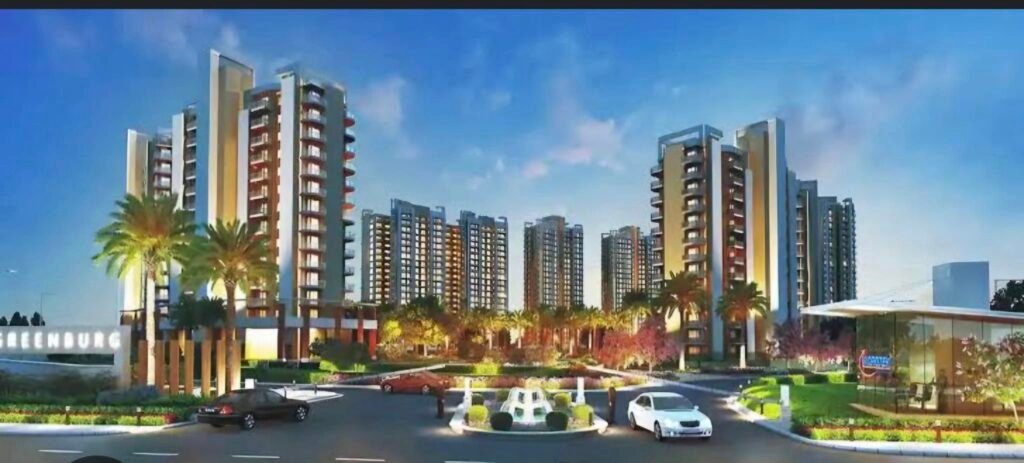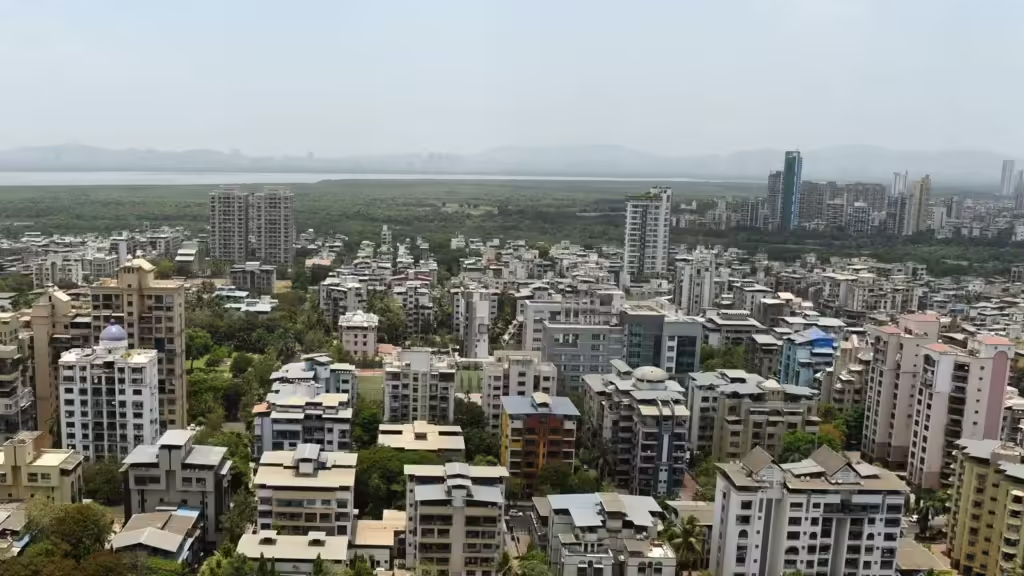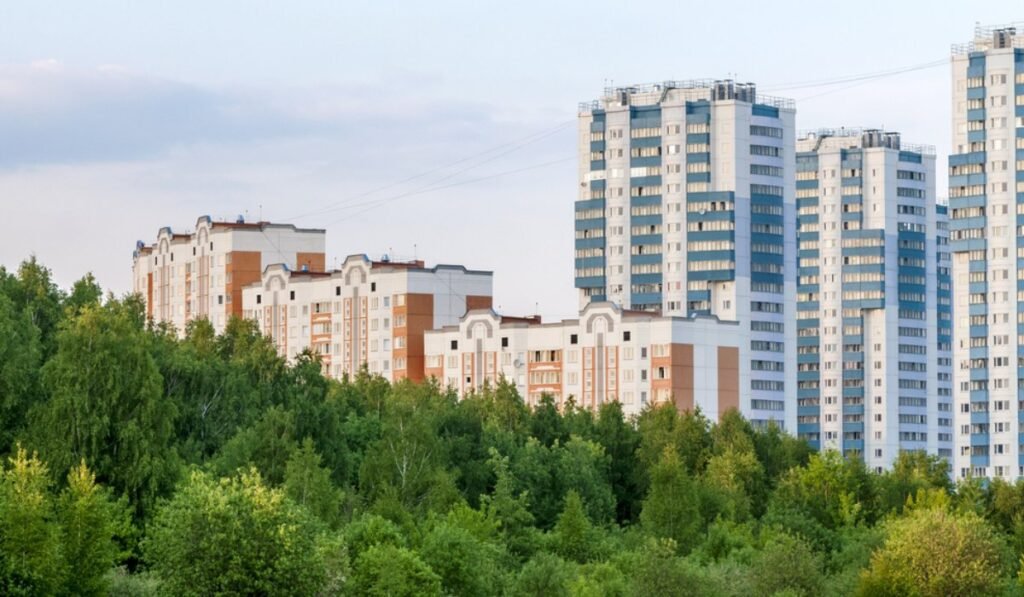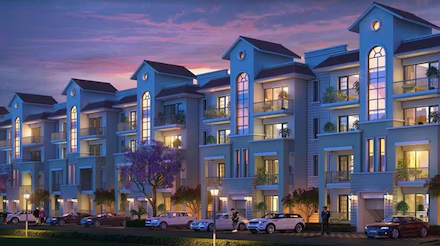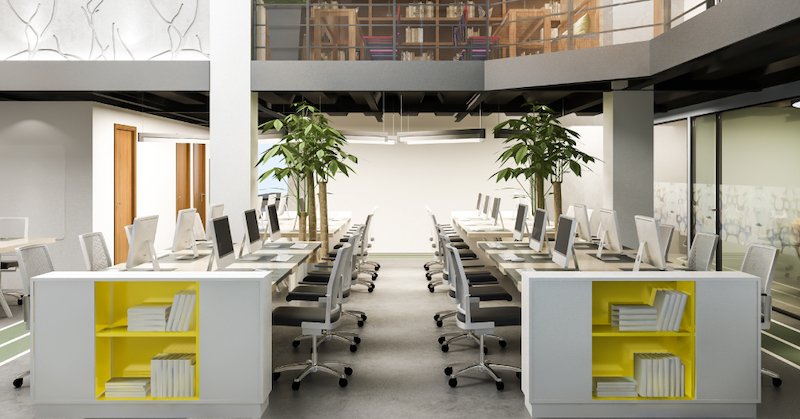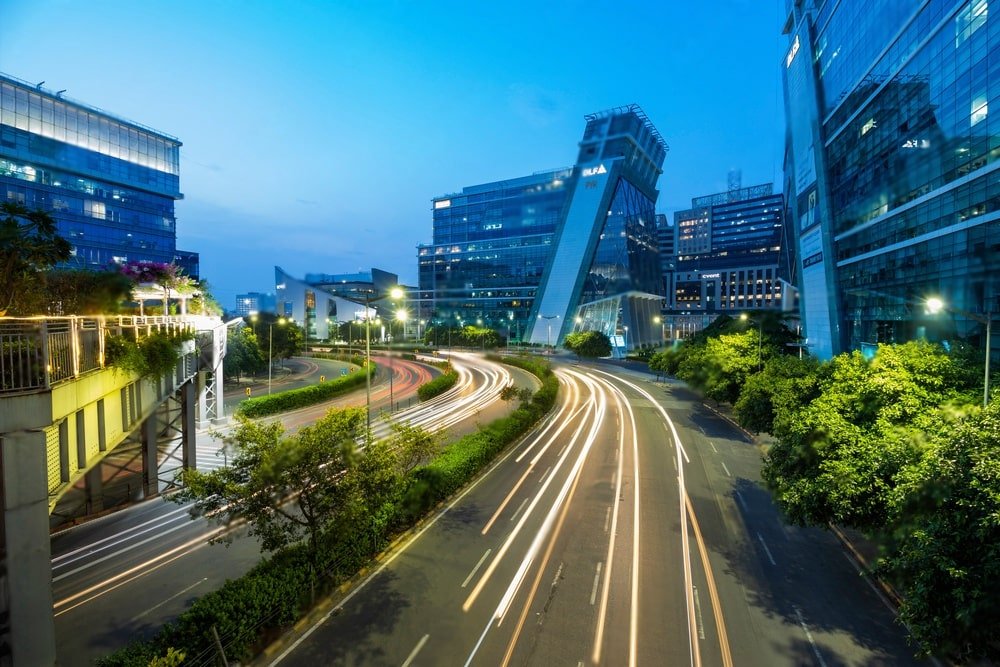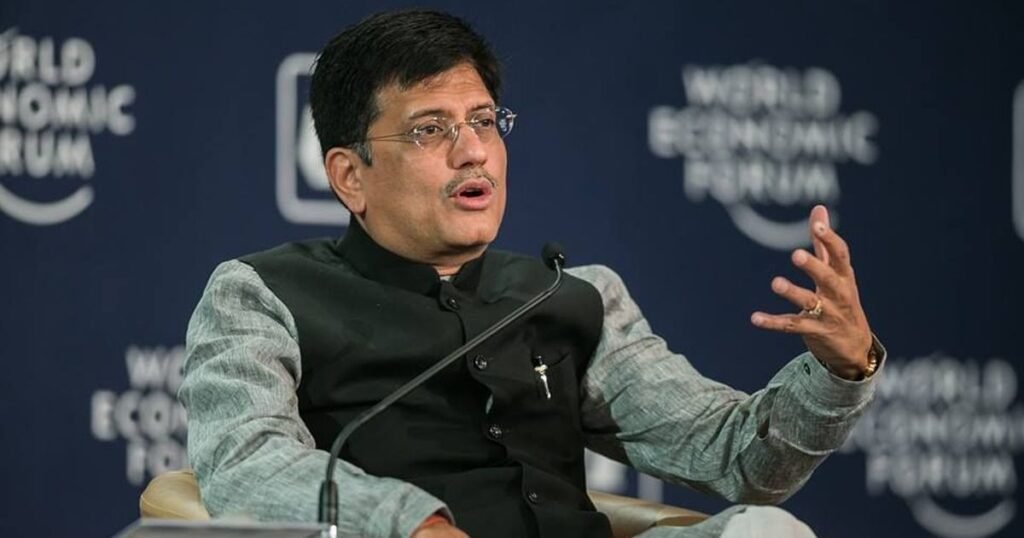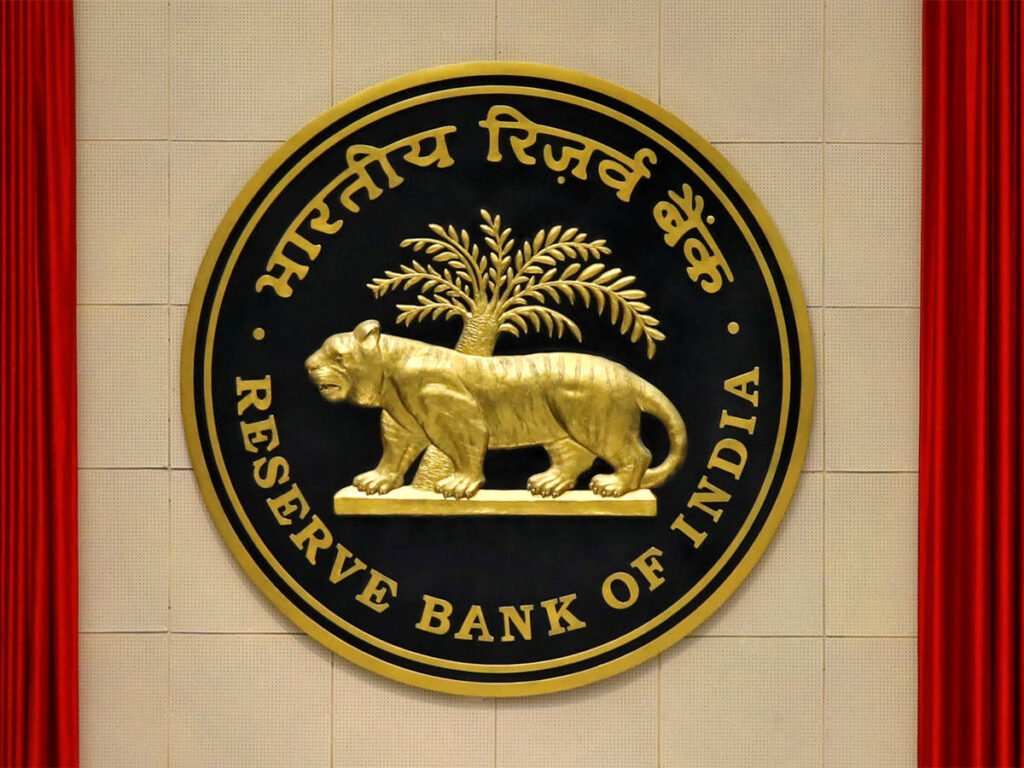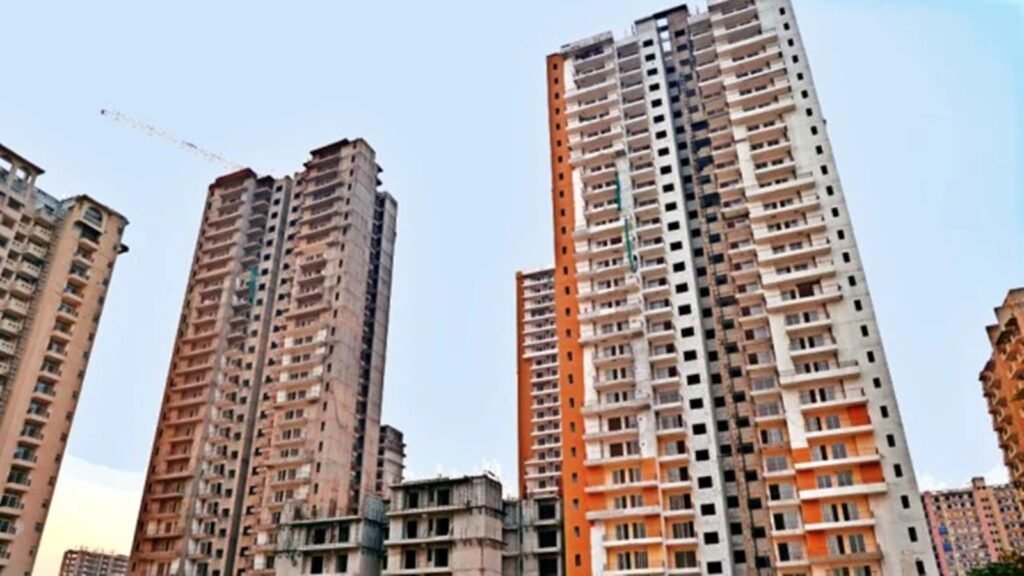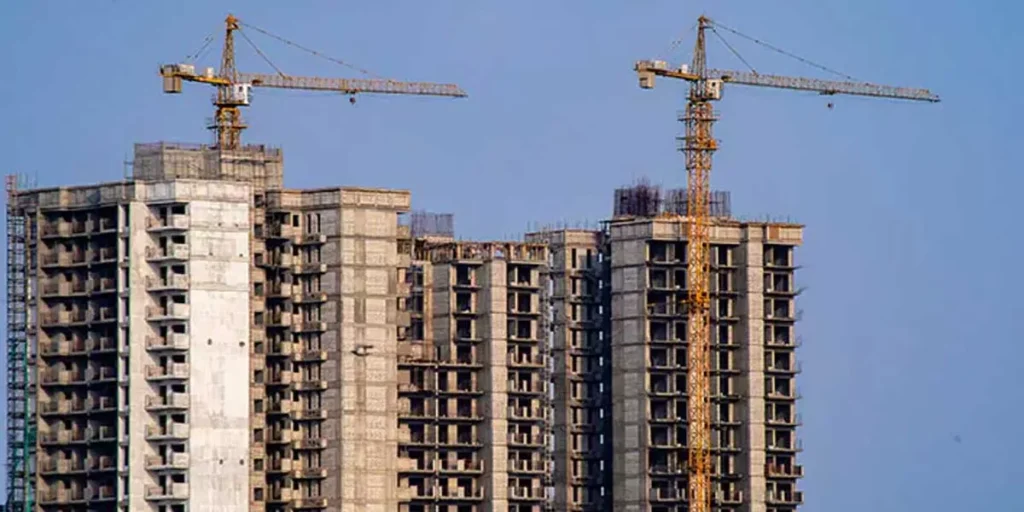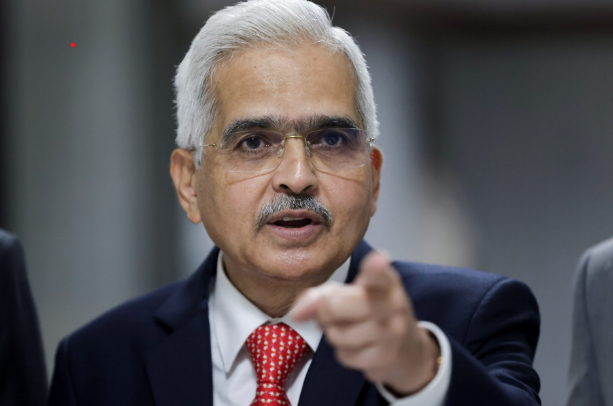India’s Manufacturing Surge Fuels Warehousing Demand: A New Growth Era

A Significant Shift in the Landscape of Industrial Warehousing
National – September 26, 2024 – A recent report from CBRE South Asia Pvt. Ltd., a leader in real estate consulting, has unveiled a transformative trend in India’s manufacturing sector that is dramatically reshaping the demand for warehousing space. Titled “Fortifying India’s I&L Landscape with a New Manufacturing Growth Formula,” the report reveals that the share of manufacturing-related sectors in total warehousing demand has surged from 15% in 2019 to an impressive 25% in the first half of 2024.
Key Findings Indicate Robust Growth Across Major Cities
The report highlights that sectors such as engineering and manufacturing, electronics and electricals, and automotive have significantly driven this increase. Total leasing activity for warehousing in these sectors reached 4.1 million square feet in the first half of 2024, reflecting a robust upward trend in demand. Notably, Pune emerged as a standout city, with its share of warehousing and industrial space demand from manufacturing rising from 6% in 2019 to 13% in H1 2024. Other cities, including Delhi-NCR and Kolkata, also reported substantial growth, reaching 18% and 12%, respectively.
Manufacturing Growth: A Catalyst for Warehousing Expansion
Experts suggest that the escalating demand for warehousing is closely tied to the expanding manufacturing landscape in India. This is bolstered by strategies like the “China + 1” approach adopted by global manufacturers, along with government initiatives such as the Production Linked Incentive (PLI) scheme, which now spans 14 sectors.
The engineering and manufacturing sector has seen particularly strong performance, with its share of warehouse leasing increasing from 8% in 2023 to 11% in H1 2024. The report identifies key drivers of growth within the sector, including domestic appliances, auto components, and the broader automobile industry.
India’s Economic Landscape: Positioned for Growth
India’s economy remains resilient, with a projected GDP growth rate of 6.5-7% over the next few years. The manufacturing sector plays a crucial role in this narrative, contributing 14% to GDP and employing over 27.3 million people. The country’s economic environment is bolstered by a combination of policy reforms, improving global rankings, and increased foreign direct investment (FDI).
Government efforts to optimize logistics and reduce production costs are also noteworthy. Initiatives like the GatiShakti National Master Plan aim to enhance supply chain efficiency and support sustainable transportation methods. Additional measures, including tax reforms and infrastructure improvements, are further facilitating the manufacturing sector’s growth.
Strategic Recommendations for Continued Expansion
To address challenges faced by the manufacturing sector, the report outlines several recommendations:
- Streamlined Approvals: Establish a nationwide single-window clearance system to expedite land acquisition and environmental approvals.
- Infrastructure Planning: Encourage comprehensive long-term planning to attract institutional investment in infrastructure.
- Enhanced Coordination: Improve inter-department coordination to facilitate quicker approvals.
- Simplified Regulations: Implement a uniform tax structure to ease regulatory complexities.
- Integrated Connectivity: Focus on developing comprehensive industrial clusters and enhancing last-mile connectivity.
The Road Ahead: A Vision for Manufacturing Excellence
As India positions itself as a global manufacturing powerhouse, the synergy between government initiatives, market dynamics, and technological advancements will be critical. With a young and skilled workforce and a supportive policy environment, India is on the brink of a manufacturing revolution, poised to capture a larger share of the global market.
This momentum represents a significant opportunity for stakeholders across the industrial spectrum to leverage India’s growth and establish a strong foothold in an increasingly competitive global landscape.

 English
English 



















